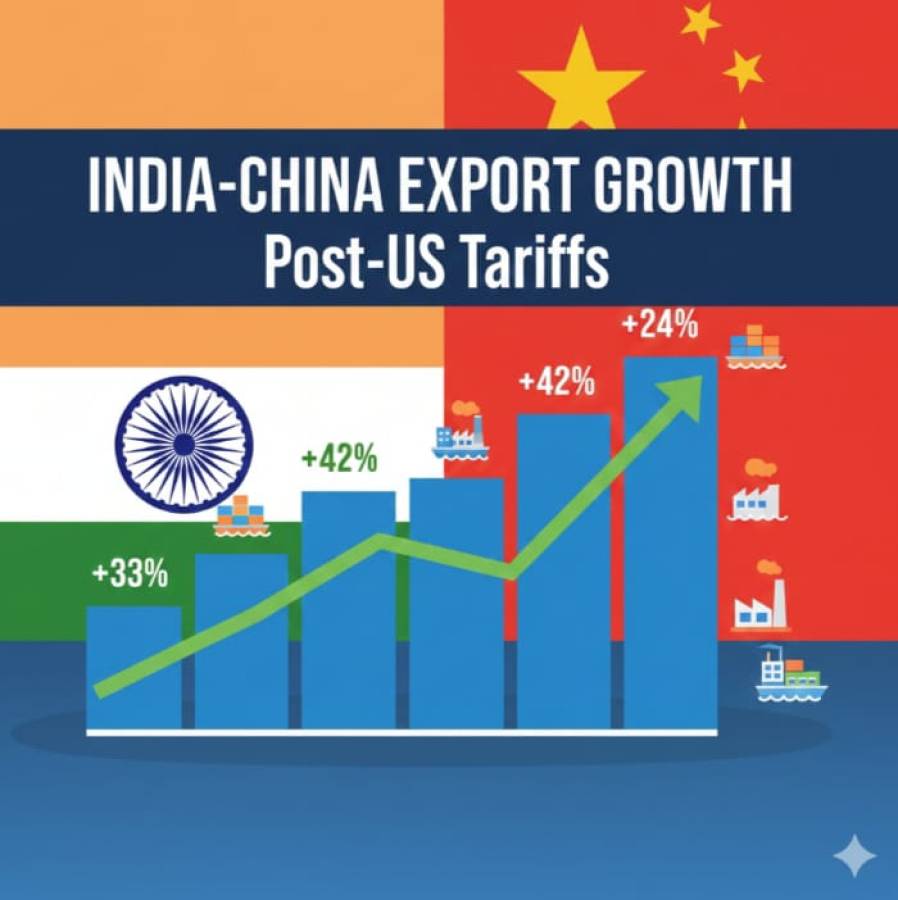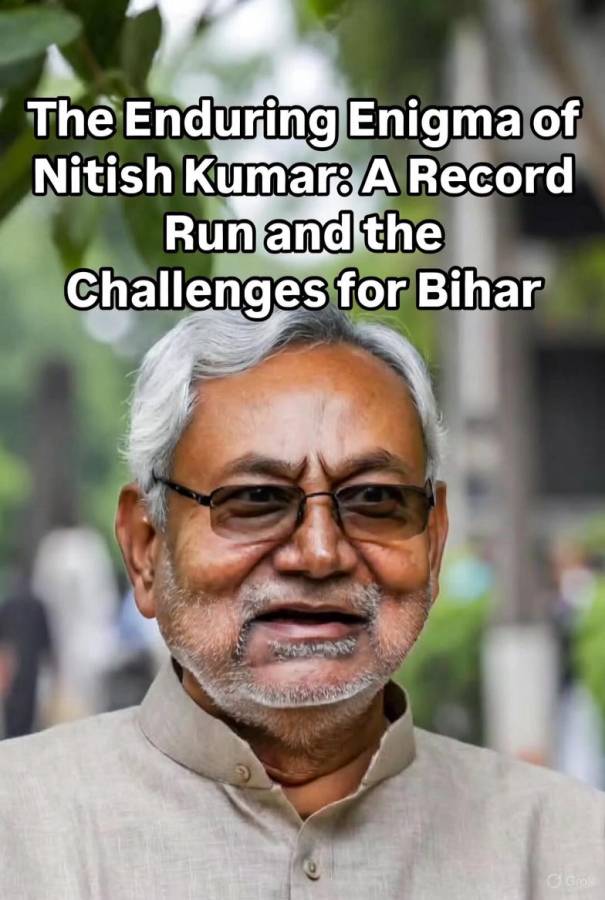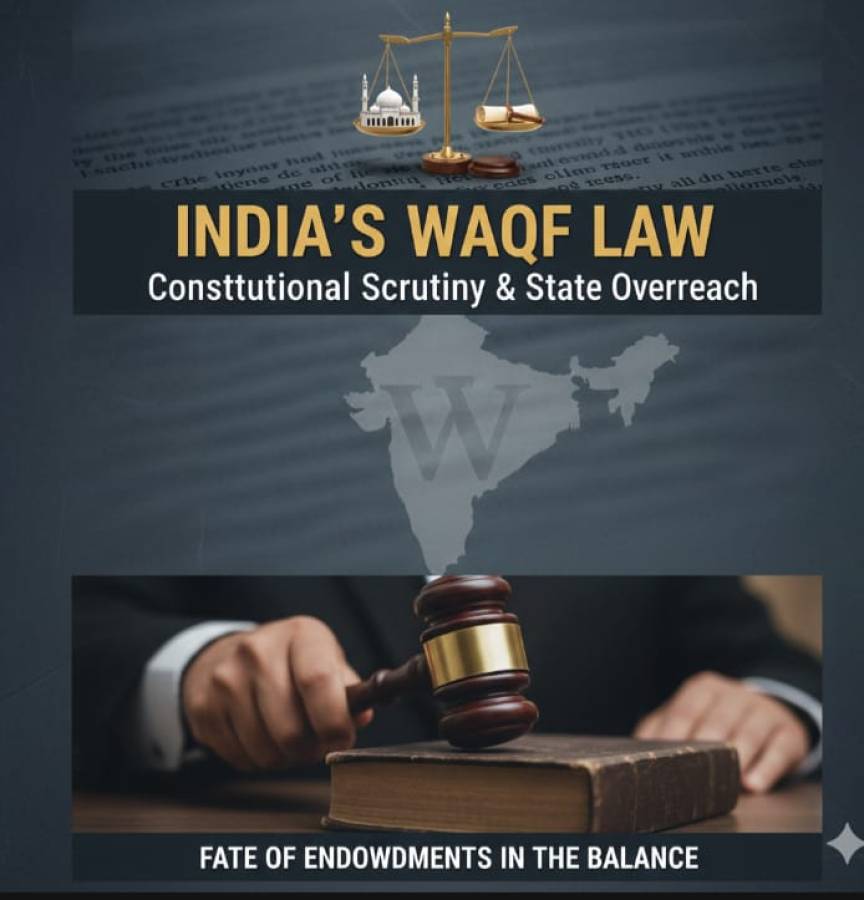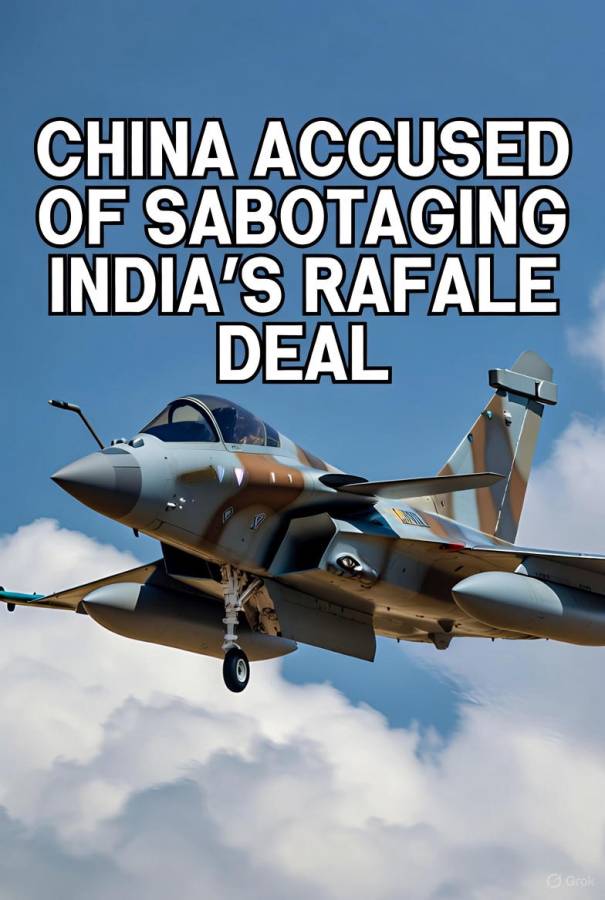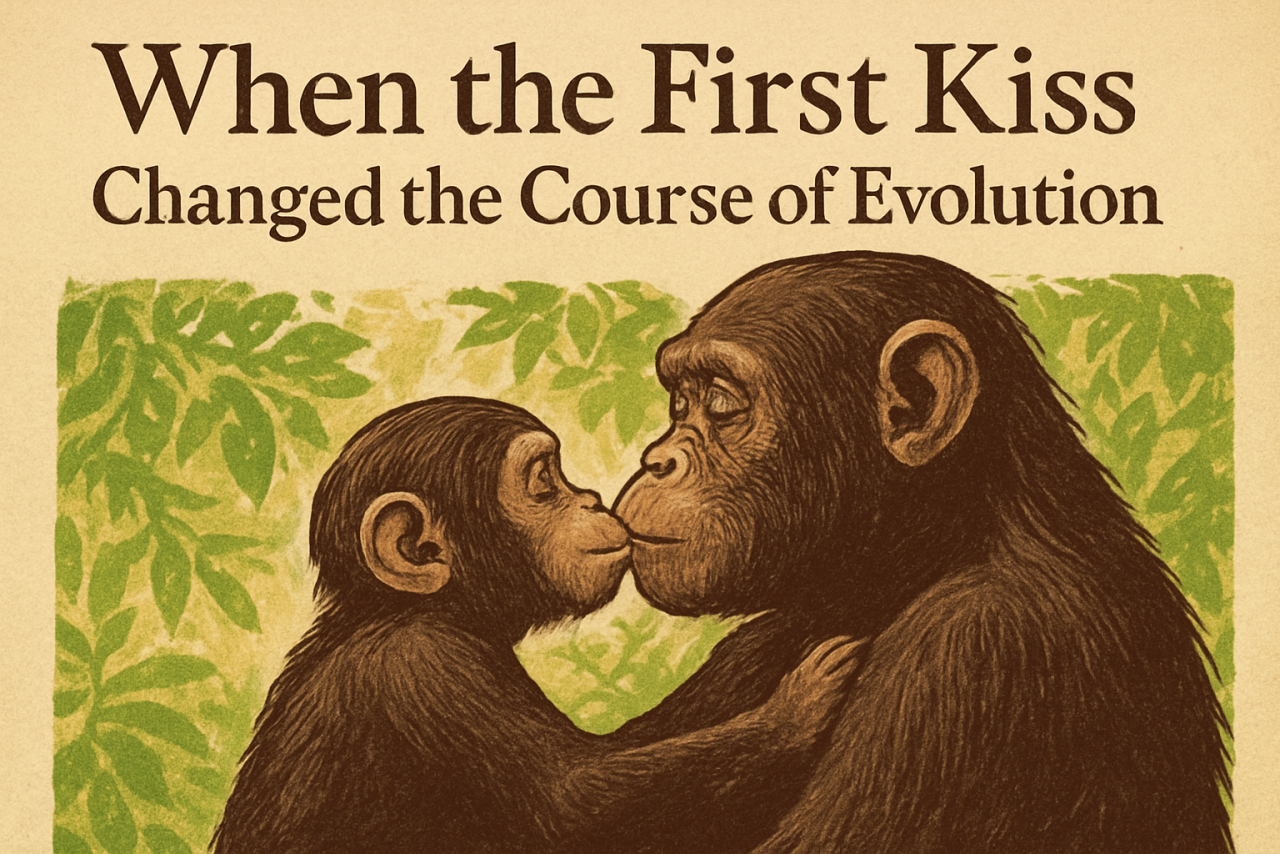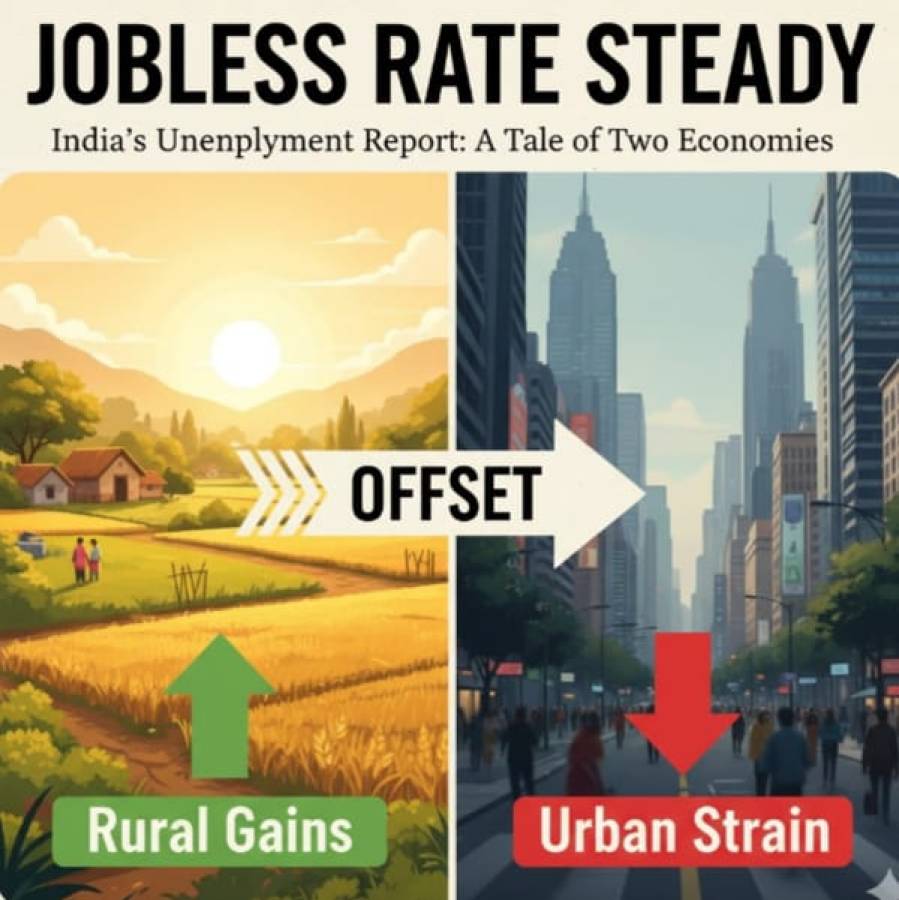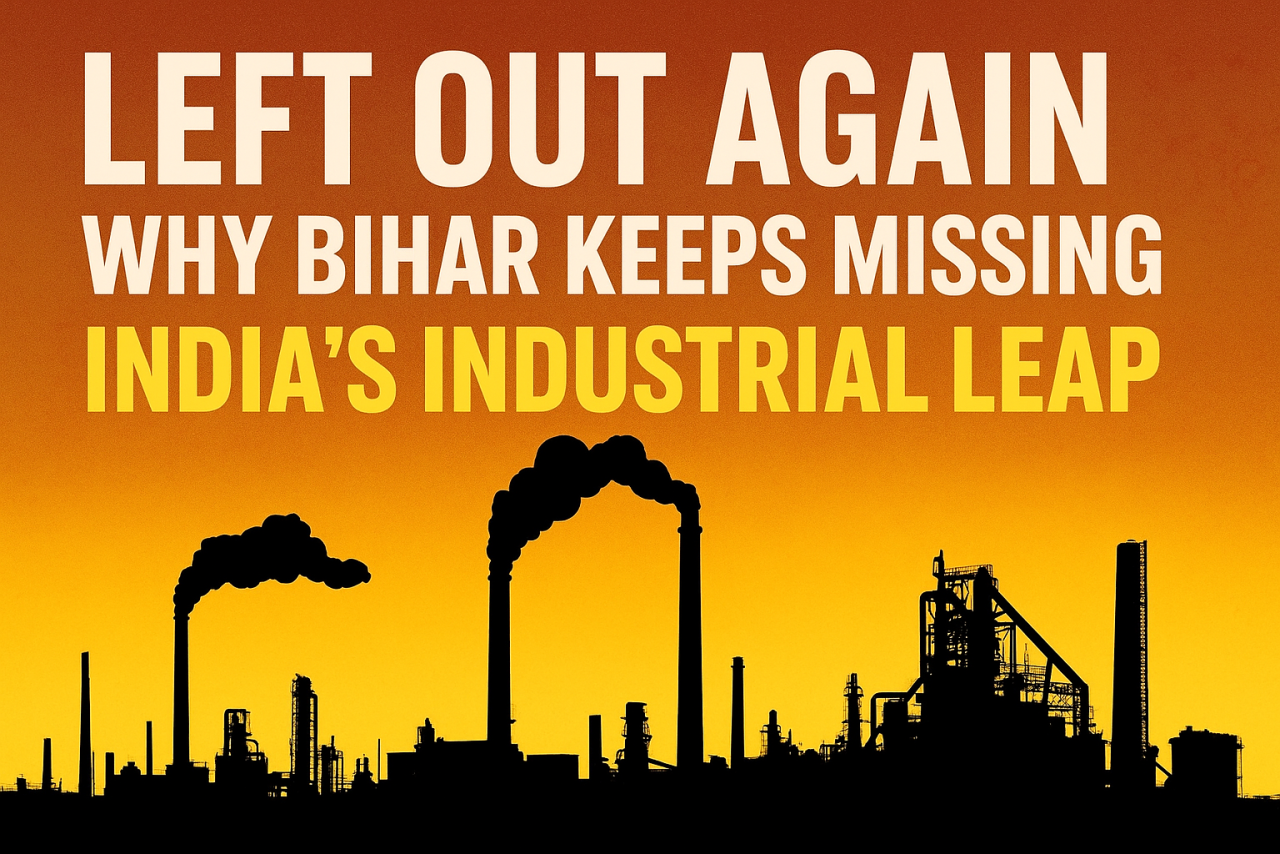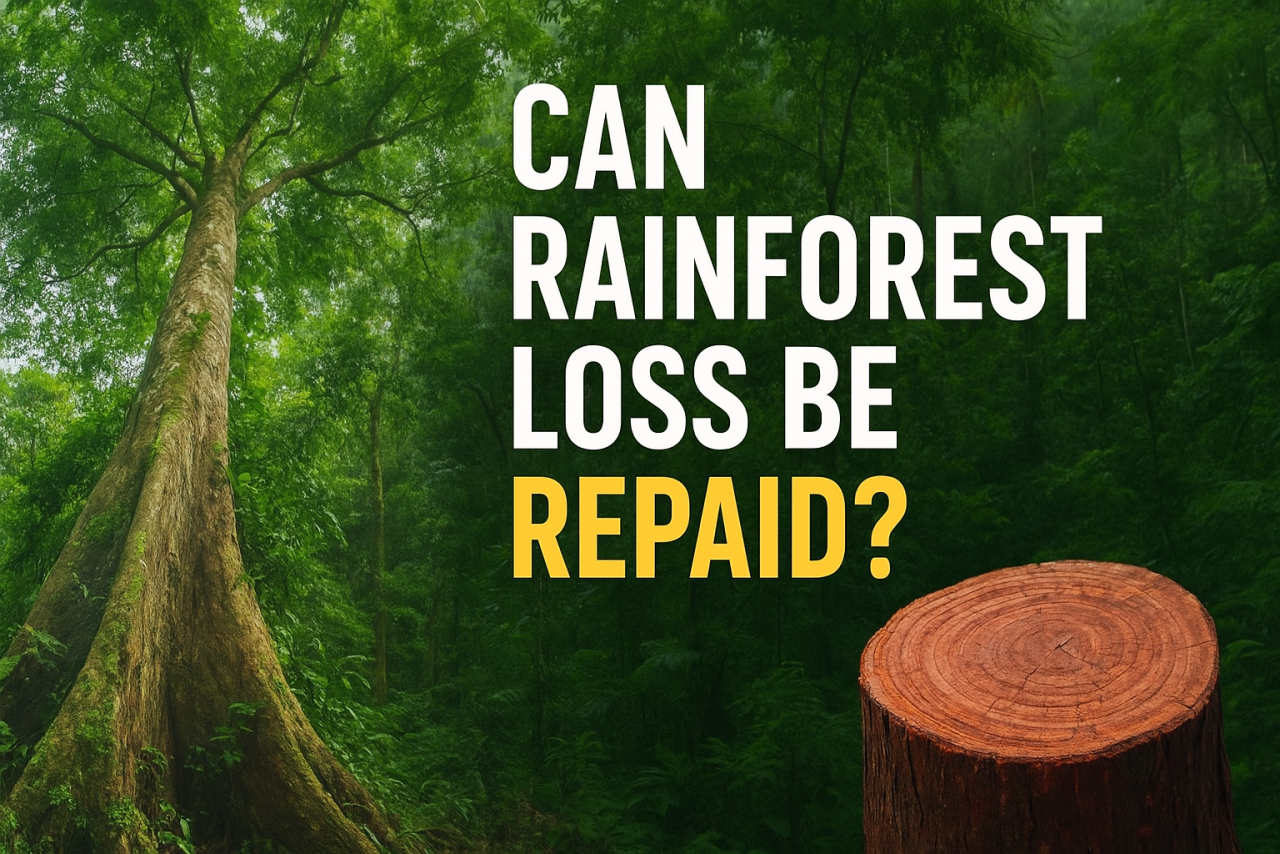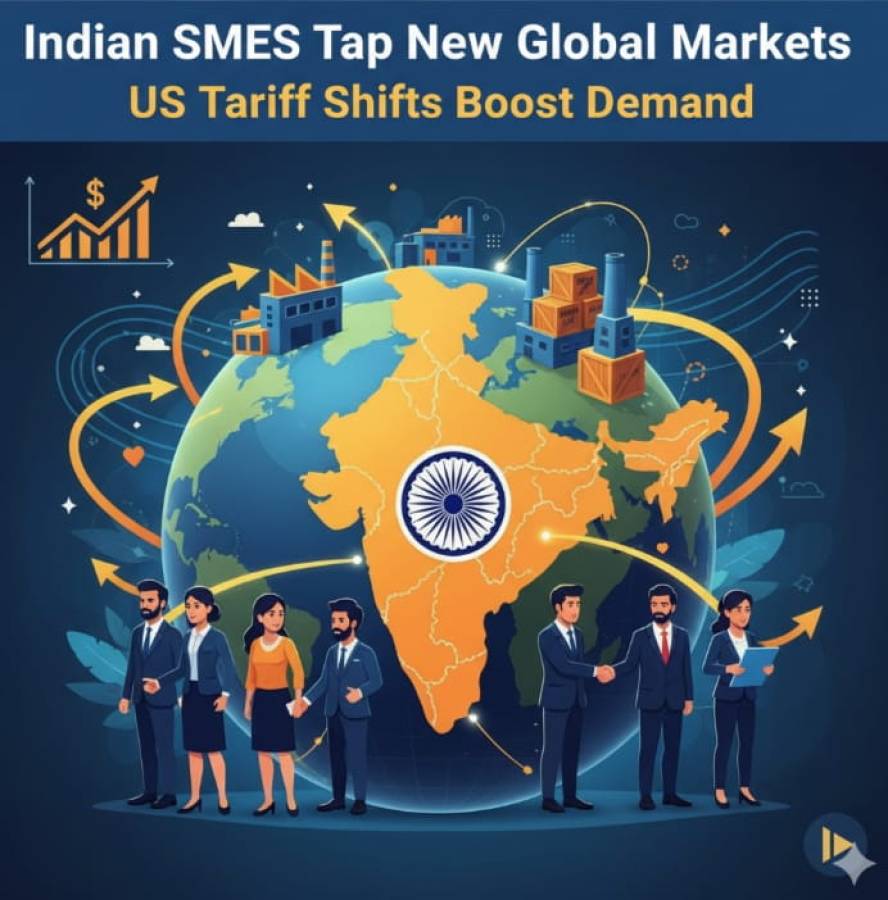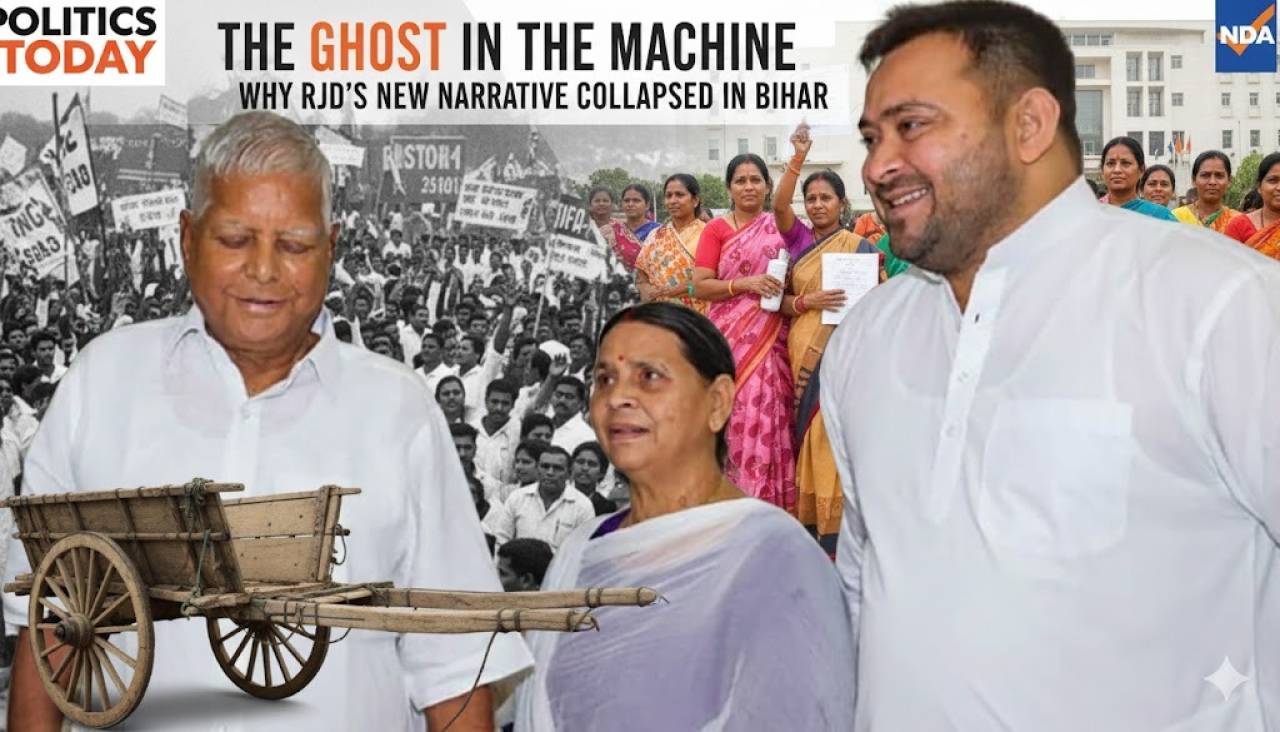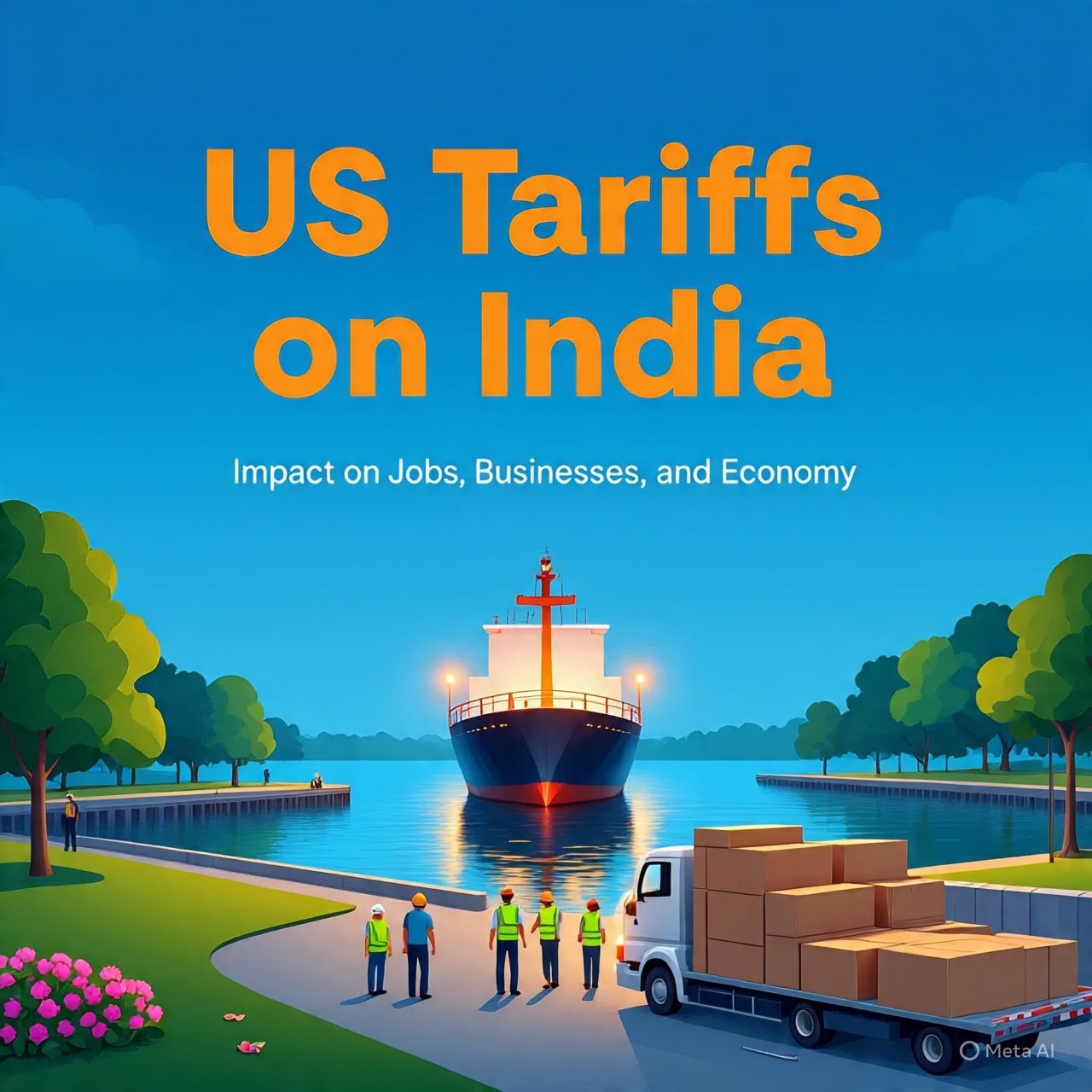
What Are Tariffs and Why Is the US Using Them?
To start simple: a tariff is nothing more than a tax. When the United States buys goods from another country, it sometimes decides to charge extra money on those imports. That tax is called a tariff. Recently, the US government has increased tariffs on several Indian products, in some cases up to 50 percent. The official reason is that India continues to buy cheap oil from Russia, something Washington wants to discourage. But the result is that Indian exporters have to pay more when selling in the American market.
Think of it this way: if you sell mangoes to your neighbour for ₹100 and suddenly your neighbour says you must pay an extra ₹50 before he buys them, your profit shrinks. That is what many Indian exporters are facing right now.
Which Indian Industries Are Feeling the Heat?
India sells many things to America: clothes, gems, shrimp, auto parts, and medicines. With the new tariffs, all of these products become more expensive in the US. Buyers there may now choose cheaper options from countries like Vietnam or Bangladesh.
- Textiles and clothing: Indian fabrics and garments have been popular in the US. But with a 50 percent tariff, they cost far more than clothes from competitors. This could reduce demand and affect jobs in textile hubs like Tiruppur or Surat.
- Jewelry and gems: The city of Surat, famous for polishing diamonds, is already worried. Thousands of workers may see fewer orders because American importers might look elsewhere.
- Shrimp farming: Farmers in Andhra Pradesh and Odisha depend heavily on the US market. With tariffs, their shrimp becomes costly. Many are even thinking of leaving the trade because their profits have disappeared.
- Auto parts and engineering goods: Indian firms supply critical components to American companies. With higher costs, their exports may decline, and that could impact small manufacturers who form the backbone of this industry.
Together, these sectors represent billions of dollars in trade and, more importantly, millions of jobs. For workers in factories, farms, and workshops, tariffs are not just numbers in newspapers. They could mean reduced orders, smaller wages, and in some cases job losses.
How Are Banks and the Government Responding?
Banks in India lend a lot of money to industries that depend on exports. When exports slow down, businesses borrow less, and some may struggle to repay earlier loans. While only about ten percent of bank loans are linked to tariff-hit industries, banks are already becoming cautious. They may slow down fresh lending until they feel the situation is under control.
To prevent a financial squeeze, banks have started offering easier terms for exporters. This includes giving more time to repay loans, providing small fee waivers, and extending working capital to help companies cover immediate costs. The government, on its part, is considering credit guarantees. This means if a small exporter fails to pay back, the government will cover part of the loss for the bank. Such steps can prevent panic in the financial system.
Still, the overall picture is one of slower loan growth and weaker demand for new investments. Businesses are less likely to expand when the future looks uncertain.
What Does This Mean for India’s Economy and People?
The big question is whether these tariffs will derail India’s growth story. Experts say the immediate impact will be painful but not devastating. Around 70 percent of exports to the US are exposed to tariffs, but that accounts for only about one and a half percent of India’s GDP. India’s growth depends more on domestic demand, government spending on infrastructure, and local consumption. These factors remain strong.
However, for regions and workers tied closely to exports, the shock is real. A diamond polisher in Surat or a shrimp farmer in Andhra Pradesh does not measure GDP numbers. For them, fewer orders mean hardship. These are the people who need targeted support through subsidies, alternative markets, and retraining opportunities.
Diplomatically, the tariff move has strained relations between India and the US. Trade talks are stuck, and India may look more actively toward other partners like Europe, Southeast Asia, or even China to reduce dependence on America. In the long term, this could push India to diversify its trade basket and rely less on any single country.
Final Take
So where does this leave us? In the short term, tariffs will cause stress for exporters, workers, and some banks. In the medium term, government support and new trade strategies will soften the blow. And in the long term, India’s strong domestic market and focus on self-reliance may help it recover.
For ordinary citizens, tariffs may not immediately raise prices in local markets. But they do affect jobs, especially in export-heavy industries. And they remind us how global politics and decisions taken in faraway capitals can change lives in Indian towns and villages.
The story of tariffs is not about statistics alone. It is about how international power struggles can test the resilience of workers, small businesses, and governments. India has weathered such storms before, and how it adapts now will shape its future strength in the global economy.


